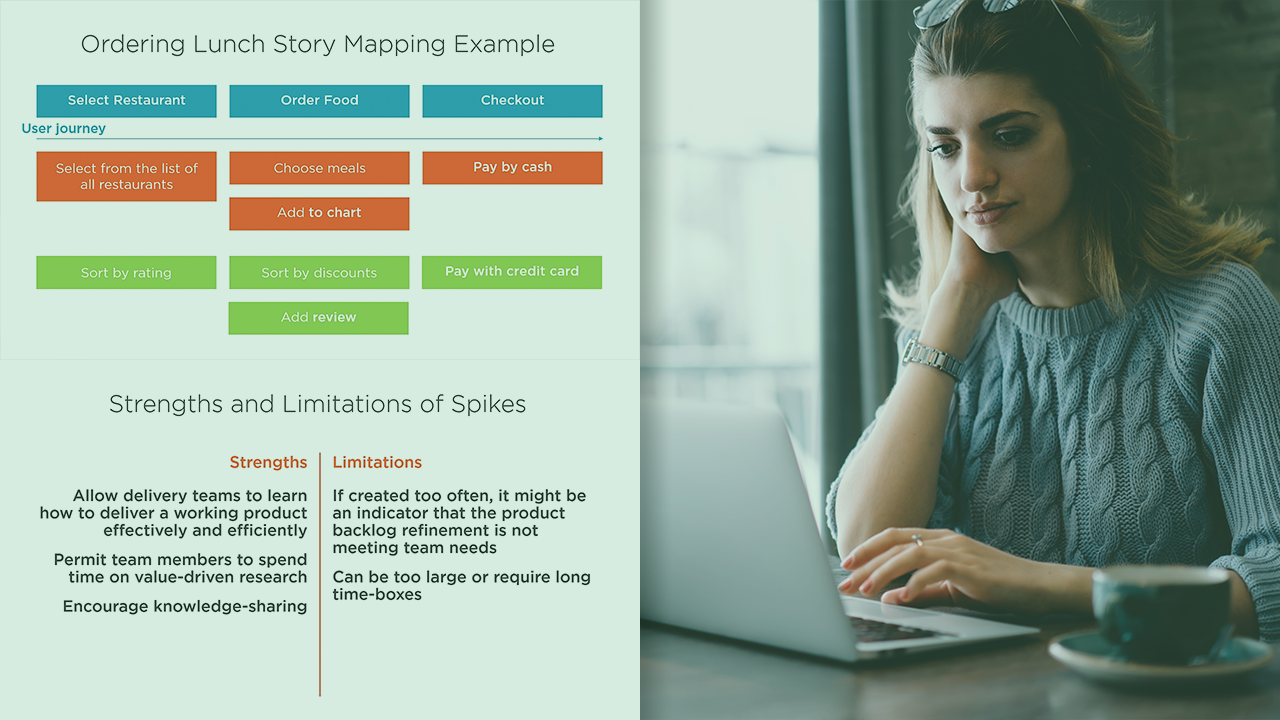Description
In this course, you will learn:
- Scrum master, product owner, and agile team member are all crucial positions in agile.
- For agile projects, create self-organizing teams.
- Facilitating leadership and the importance of having fun.
- Heuristics in the human mind and decision science
- Techniques and styles of negotiation.
- Mindfulness and emotional intelligence can help you manage bias (EQ).
- Agile project managers can use lean decision-making tools.
Syllabus:
- The first week of this course jumps right into our traditional notions of leadership, defining the concept, the characteristics of a leader, the science of leadership, and the styles that exist today across master and servant models (Primal Leadership, Team Leadership, Situational Leadership, and Transformational Leadership).
- The second week exposes the reasoning behind servant leadership as the optimal approach and how old philosophies and “modern psychology” reinforce the need for leaders to empower teams. Gamification and the power of play are emphasized to ensure optimal contribution and performance across roles on the Scaled Agile teams. Here you'll learn the scrum master's secrets and agile techniques for running highly productive teams.
- The third week explores human decision-making, its power, and its faults in the form of biases, and how we can train ourselves through emotional-social intelligence and mindfulness to go faster by slowing down. Negotiation styles and techniques are also covered requiring self-reflection on how one handles conflict and manages to compete, accommodating, avoiding, compromising, and collaborating challenges. These techniques are critical for product owners, scrum masters, and those leading in any capacity.
- The final week focuses on putting these lessons into practice with real-world approaches and tools for managing and facilitating decisions, interactions, and environments for optimal team performance.








